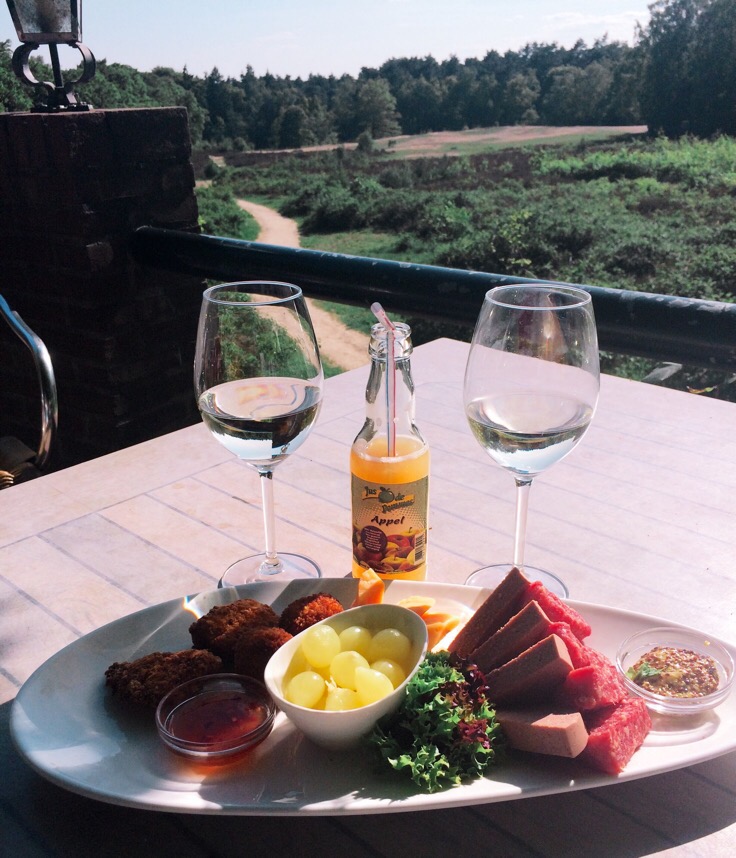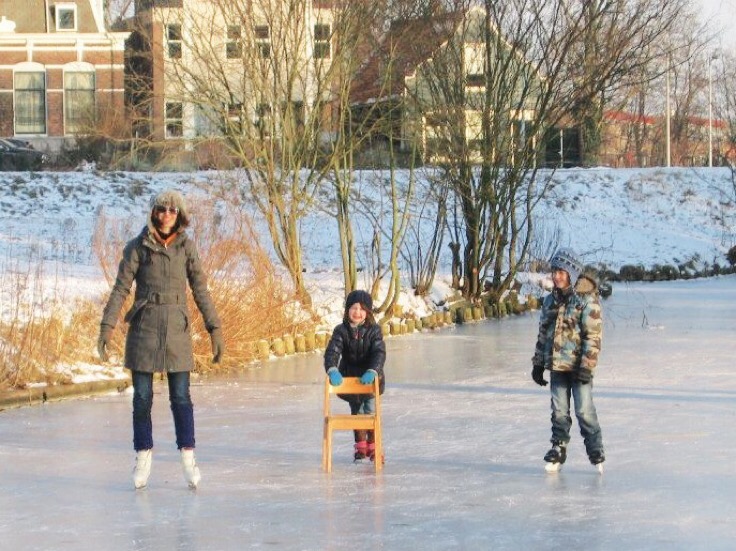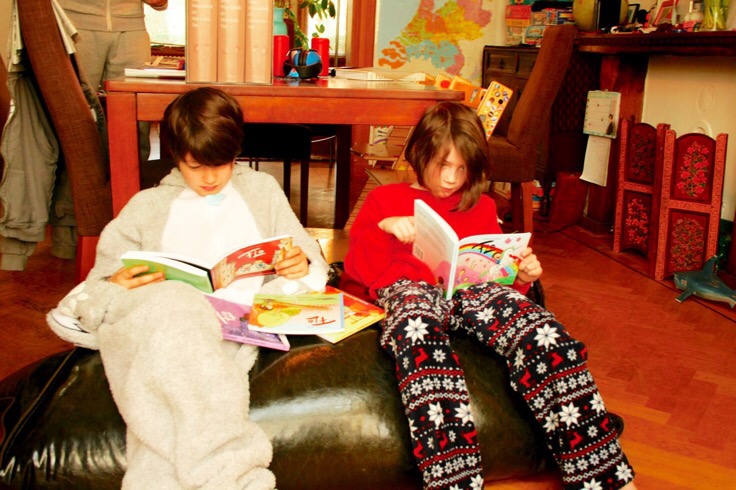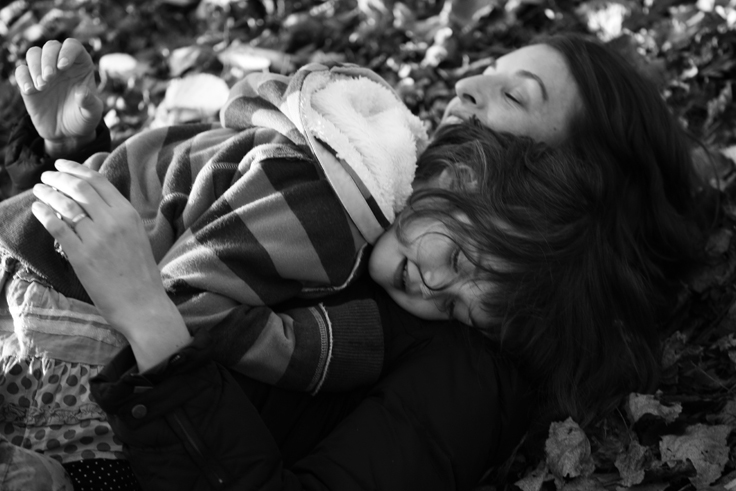Hygge is being pitched as one of the reasons Danish adults are the happiest in the world. My first thought is that hygge is a brilliant marketing concept plus an appealing interior decorating trend. To me, hygge suggests wrapping up warm inside while it is snowing outdoors, lovely chunky knits, candles, log fires, pork roast, mulled wine and gingerbread, hearts and fairy lights. What’s not to like? It’s kind of Christmas but without the stress. On the other hand, when I read descriptions of it suggesting it’s not just about being warm and cozy but also about togetherness, I’m strangely reminded of that supposedly uniquely Dutch concept of gezelligheid.
Mind you, gezelligheid can’t really compete on the design front – you’re more likely to see anoraks and waterproof trousers since we get more rain than snow. And though Dutch people like blankets, they’re rather fond on the fleece kind. To make matters worse, they are still wearing onesies long after that trend was declared as dead as old Marley. My kids bought new ones again at Christmas. Incidentally, yesterday I came across an article by a Dutch journalist who moved to Denmark. She struggled to fit in at first, before realizing she dressed more scruffily, with stains on her clothes and mismatching accessories. The Danes are described as neat and tidy, law-abiding, and more formal. They didn’t get her silly jokes or her Dutch bluntness.
Anyway, let’s look at the attributes of gezelligheid. In Holland it takes place in ‘brown cafés’ where you drink beer or genever or at home with a borrel with bitterballen and croquettes, or while skating together on natural ice. Gezelligheid is claiming a section of the park by stringing bunting in the trees and having a barbecue or picnic on a rug, or stopping at market stalls selling oliebollen. A bustling street market is always gezellig. Gezellig shouldn’t be expensive or pretentious. It should be accessible to all. It’s a biscuit tin on the table and a mug of coffee. It’s a spontaneous ‘koek –en-zopie’ stall selling warming refreshments for after your ice-skate. It’s hot chocolate or pea soup and the sound of lively chatter. It’s hygge but without the fairy magic.

My uncle married a Danish woman so I grew up with a half-Danish cousin, Lotte. She tells me hygge definitely existed in Denmark when she was young. ‘You would have a hygge evening on your own or hygge with friends – an enjoyable cosy get-together. It’s not a new invention, though I’m a bit surprised it’s suddenly everywhere (Maybe all the Nordic dramas!)’
In his beautifully-produced and well-written The Little Book of Hygge – The Danish Way to Live Well, Meik Wiking writes that the word hygge originates from a Norwegian word meaning ‘well-being’ (in comparison, gezelligheid originates from the word for ‘companionship’). In fact, he even goes on to discuss the similarity between the two concepts before concluding that the Dutch variant is more sociable, while the Danish one is more insular. He writes that as a researcher at the Institute for Happiness, being with other people is perhaps the most important ingredient to happiness, so I’ll take that as a bonus point for gezelligheid.
The dark side of hygge is that since it is close-knit and home-focused, it’s apparently hard to break into Danish society as an outsider. But there’s plenty of positives too. It’s appealing to introverts, and simplicity and modesty are central tenets. Ingredients for hygge are light (though the Danes are unwittingly poisoning themselves with all the candles – oh no!), warmth, equality, togetherness, comfort and shelter. They sound like the perfect ingredients for happiness and getting through the dark days of winter. It’s not surprising that Brits are jumping on the bandwagon.



